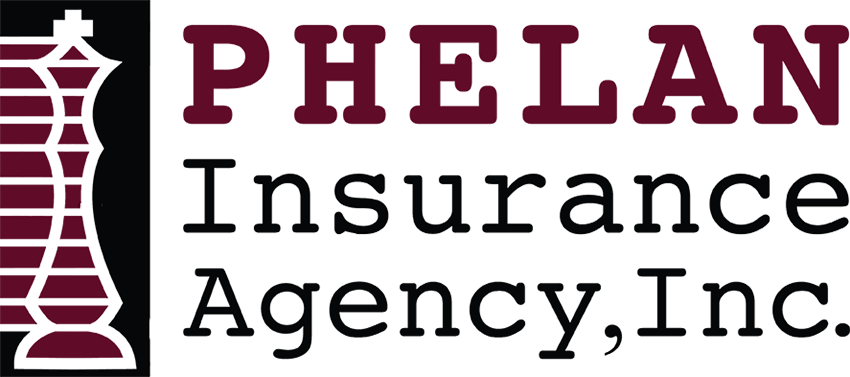The best way to avoid paying fines for violating Occupational Health and Safety Administration (OSHA) standards is to always be prepared for an inspection. Since an OSHA officer has no obligation to inform an employer of the inspection ahead of time, the visit will usually be unannounced.
However, companies in industries with particular hazards and companies who have previously experienced a death in the workplace are most vulnerable to an OSHA inspection. Planning for an assessment before it happens will make it go more smoothly, allow you to be in control and create a positive impression on the OSHA officer, all of which will result in fewer citations.
To be fully prepared, it is important to decide in advance who will be designated to do the following:
- Greet the inspector
- Guide the inspector during the walk-around of your facility
- Document and photograph any alleged violations
Make sure you have your OSHA logs for the previous five years, if required to keep one, organized and ready for inspector review, in case he or she requests it. Failure to produce these, or any other document, requested by the OSHA inspector could result in hefty fines.
When an OSHA Inspector Arrives
- Greet the officer cordially, but ask to see the individual’s credentials right away if he or she does not immediately present them. It is not enough that the officer produces credentials – be sure to verify them by calling the nearest federal or state OSHA office.
- Notify your designated inspection team of the officer’s arrival and gather them for an opening conference with the compliance officer. You have the right to know why the inspector is visiting your facility, so if he or she does not specify, be sure to politely ask. Also, establish whether the inspection is to cover the entire facility or only the areas involving a particular complaint.
- Have the designated employer representative lead the OSHA officer during the inspection. If requested by employees, a selected representative may also attend the walk-through on their behalf. Ensure that the inspector minimizes any work interruptions during the inspection.
- Show only the sections of the facility that the officer came to inspect. Be aware that if an officer sees a violation of OSHA standards in
- open view, he can legally expand the inspection beyond the previously established boundaries.
- Correct any apparent violations detected by the officer immediately and on the spot. The officer will record this and take your good faith actions into account when assessing citations and fines.
- Be courteous and professional, but only produce documents or information when they are requested, and respectfully insist that the inspector not wander off alone.
- Note all of the inspector’s observations and take photos of the alleged violations. Do not argue with the officer on-site as to whether something is in violation of OSHA standards.
- The compliance officer will conduct a closing conference. At this point, he will give you a list of all unsafe or unhealthy conditions found during the inspection. The officer will tell you which violations he will recommend as citations, and this is your opportunity to discuss how much time you would need to correct these hazardous conditions. However, it is not appropriate to ask about fines or penalties at this time, as only the OSHA area director has the authority to assign penalties after receiving the officer’s full report.
How Are Fines Assessed?
After receiving a citation, you can either accept it or contest it (in full or in part). After accepting the citation you will be required to pay the fine and correct the problem. Be sure to research the differences in OSHA policies if your state has its own OSHA-approved system.
Fines are assessed at different levels. Theses fines are imposed per violation. For example, even though a serious violation will cost your company up to $12,934, you could have five serious violations, each one costing you $12,934 for a total of over $64,000. In addition, each day a violation remains uncorrected may be considered a separate violation. The table below provides a summary of possible OSHA penalties.
Contact us for more information on how you can keep your OSHA log organized, be prepared for an inspection and avoid further assessments.
This article is not intended to be exhaustive nor should any discussion or opinions be construed as legal advice. Readers should contact legal counsel or an insurance professional for appropriate advice.
© 2009-2010, 2014 Zywave, Inc. All rights reserved.
